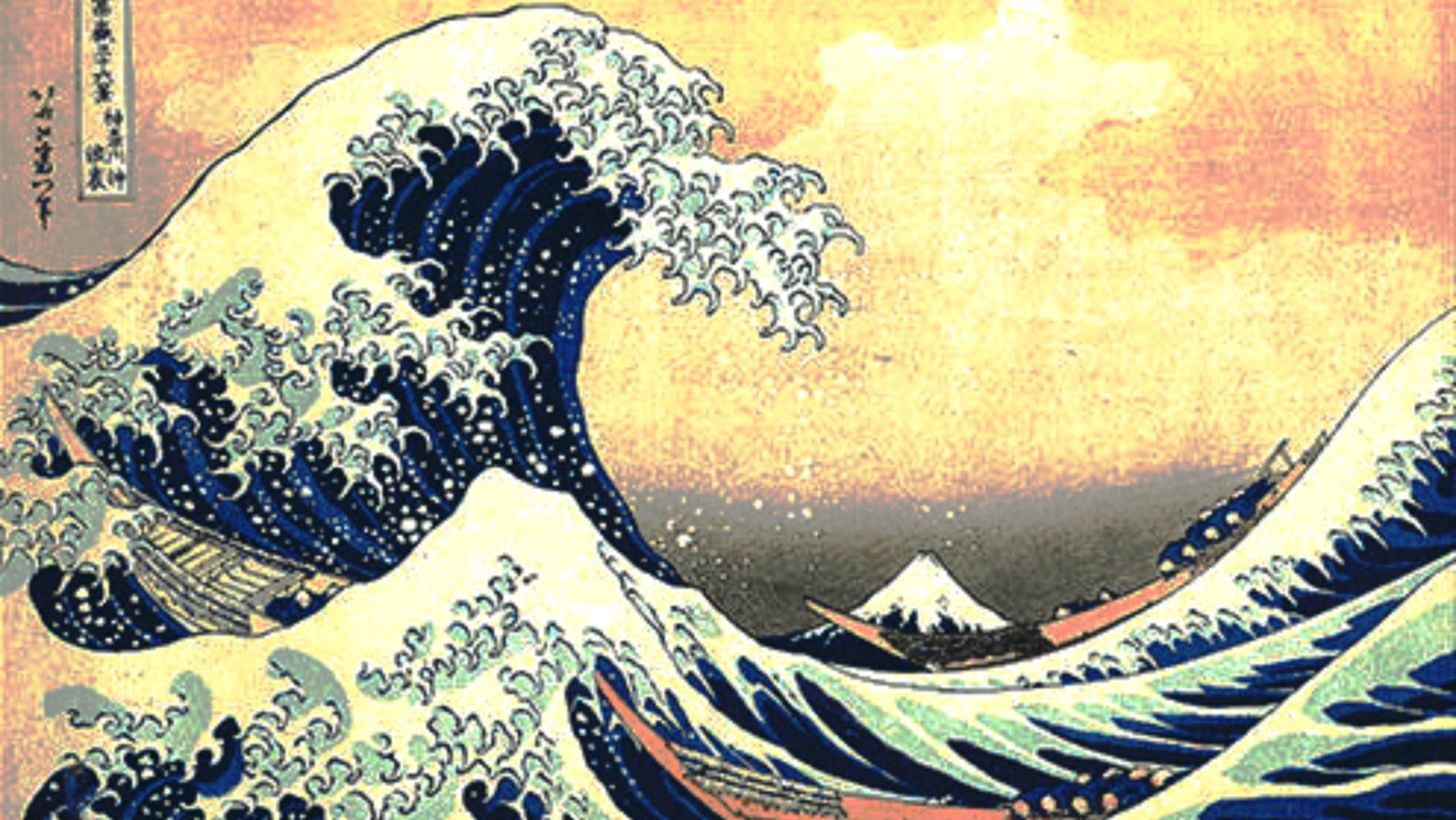As a seasoned graphic designer, I’ve often found myself needing to recolor artwork in Adobe Illustrator. Whether it’s adjusting the color scheme of a logo or giving a fresh look to an illustration, mastering the basics of recoloring is an essential skill. In this article, I’ll share my expertise and guide you through the step-by-step process of recoloring artwork in Illustrator. By the end, you’ll have the confidence to transform the colors of your designs with ease.
When it comes to recoloring artwork in Illustrator, understanding the fundamentals is crucial. In this comprehensive guide, I’ll break down the essential techniques and tools you need to know. From selecting and editing specific colors to applying global changes, I’ll cover it all. Whether you’re a beginner or an experienced designer looking to refresh your skills, this article will provide you with the knowledge you need to confidently recolor your artwork in Illustrator.
Table of Contents
ToggleHow to Recolor Artwork in Illustrator
Now that we’ve covered the fundamentals of recoloring artwork in Adobe Illustrator, it’s important to have a solid understanding of the color settings within the software. This knowledge will empower you to make informed decisions when it comes to recoloring your artwork and ensure that you achieve the desired results.
Color Mode: Illustrator offers two main color modes: RGB and CMYK. RGB is used for digital artwork, such as websites and social media graphics, while CMYK is used for print materials. Understanding which color mode to use is crucial, as it affects how colors are displayed on different devices and how accurately they can be reproduced in print.
Color Profiles: Within each color mode, Illustrator offers various color profiles that define the range of colors available. The most common RGB color profiles are sRGB and Adobe RGB, while CMYK color profiles include Coated and Uncoated options. The choice of color profile will depend on the intended output of your artwork and the color accuracy required.
Color Models: Illustrator uses different color models to represent colors within the software. The most common models include RGB (Red, Green, Blue) and HSB (Hue, Saturation, Brightness). RGB is based on additive color mixing and is suitable for digital media, while HSB allows for more intuitive adjustments to the brightness and saturation of colors.
Swatches: Illustrator provides a range of pre-defined swatches that can be used to quickly apply colors to your artwork. These swatches are organized into categories such as Pantone, Gradients, and Patterns. You can also create your own custom swatches and save them for future use, ensuring consistency in your color choices.
Color Libraries: Illustrator allows you to access a vast library of colors, such as Pantone and Web Safe colors, to expand your range of color options. These libraries provide a comprehensive set of colors that can be used as a starting point for your designs or to match specific requirements.

Exploring the Different Recoloring Options
When it comes to recoloring artwork in Adobe Illustrator, the Recolor Artwork feature offers a range of options to choose from. Let’s take a closer look at some of the key recoloring options and how they can be utilized to achieve the desired results.
Color Groups
One of the most useful features of the Recolor Artwork dialog box is the ability to create and edit color groups. This allows me to group colors together and make adjustments to the entire group at once. It’s a great way to experiment with different color combinations and see how they work together in the artwork.
Saturation and Brightness
With the Recolor Artwork feature, I have the ability to adjust the saturation and brightness of the colors in my artwork. This means that I can make colors more vibrant or more muted, depending on the desired effect. It’s a powerful tool that allows me to create a wide range of moods and atmospheres in my artwork.
Randomize Button
Another handy feature of the Recolor Artwork dialog box is the Randomize button. This button generates random color variations based on the current color groups. It’s a quick and easy way to experiment with different color combinations and discover new possibilities. I often find inspiration in the unexpected color combinations that the Randomize button generates.
Edit and Undo
The Recolor Artwork feature in Adobe Illustrator is not only powerful but also flexible. I can easily edit the color groups and make adjustments until I achieve the desired look. If I make a mistake or change my mind, I can simply use the Undo button to revert back to the previous settings. This gives me the confidence to experiment and try new things without fear of making irreversible changes.
Conclusion
By following the step-by-step guide in this article, I have shown you how to effectively recolor artwork in Adobe Illustrator using the Recolor Artwork feature. This powerful tool allows you to make global color changes to your artwork, creating cohesive and harmonious color schemes.






